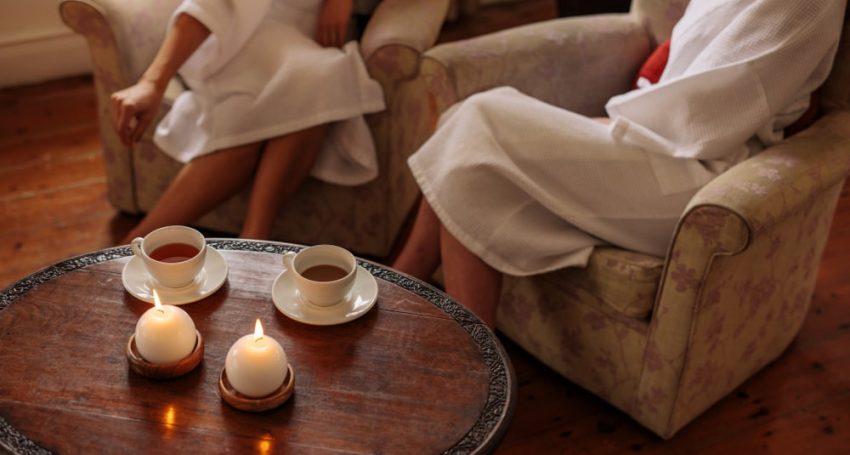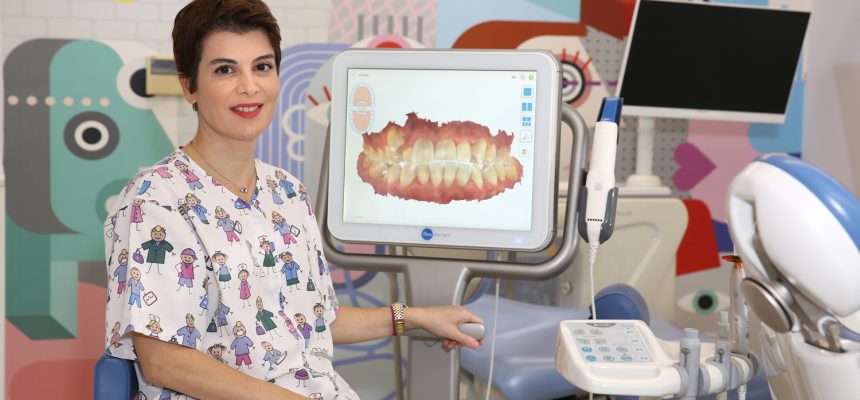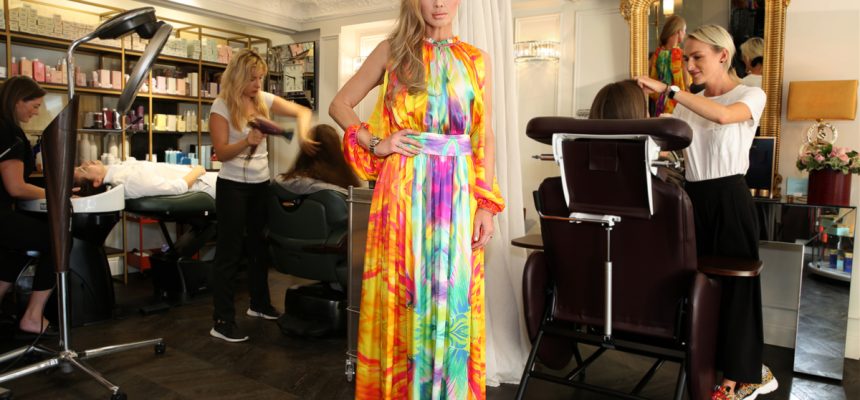Are there any restrictions by age or state of health?
Yes, Ayurvedic treatments find their best application with people between 10 and 100 years-old. In rare exceptions, we may venture outside these limits. This reason is because the mode of action of Ayurveda, due to a lack of clarity about constitution, is not predictable in children under 10 years of age.
Do people have to believe in it to be healed?
Yes, each medical system is, in its effect, dependent on the belief of the user. Ayurveda is a science like any other, founded in allopathy and botany, and is based upon the experience of more than 5 millennia. It is often incorrectly assumed that the effects of Ayurveda may be less subject to the faith of the customer, as is the case with other alternative and supplementary healing methods.
Of course, there are many ways to approach natural healing in the world. Perhaps, the most popular of them is Ayurveda, the science of ‘a healthy long life and well-being in which the main factor is considered to be a unity of body, senses and movement, mind and soul’ (Charaka Sanh, approx. 1000 B.C.). It comes from India, with a history of more than five thousand years of practice. Ayurveda is one of the few systems of practical alternative medicine, recognised by the World Health Organization as being incredibly effective.
To understand a little bit more about this ancient human healing art, we decided to ask a few questions to a doctor of Ayurveda, yoga and life coaching, Tantra Qiao Heiko Richter (Heiko Kiao Richter).
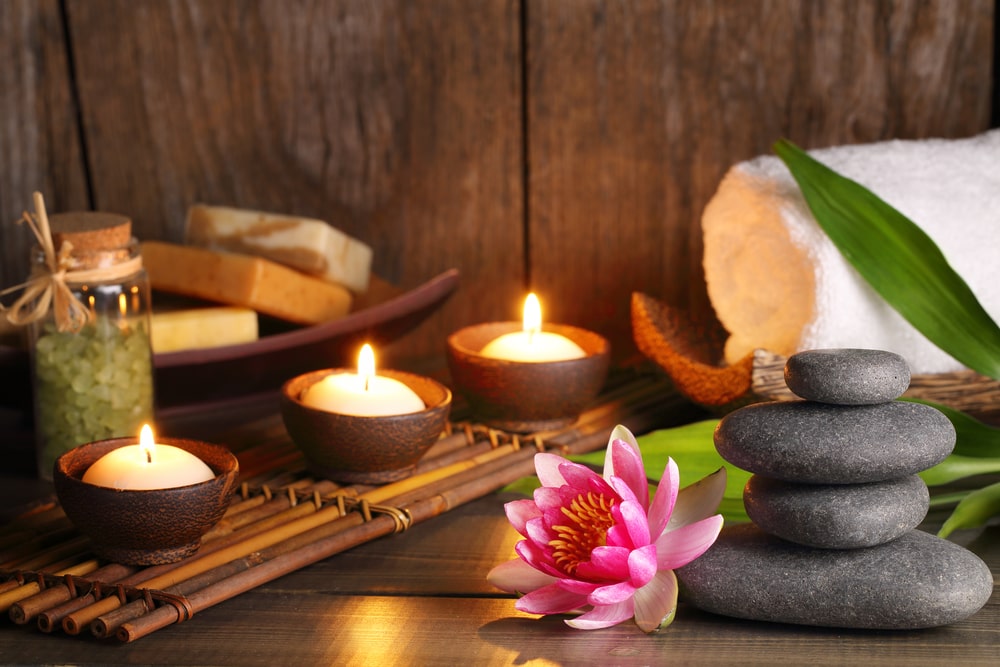
Is Ayurveda useful for everybody? Is it recommended for residents from the northern areas as well?
Yes, anyone can receive an Ayurveda treatment. With respect to availability of herbal agents, the diversity of plants in various climates arouses enough trust to look for similar effects evoked by plants of different origins, in accordance with diseases with similar symptoms.
Through the basic system of “Maha pancha bhutas” (five major elements) and by the fact that Ayurveda is a preventive medical system, it seems more important for the clients themselves to decide for Ayurveda at the right moment, as the origin of the client or the place of actual treatment is important.
Do people have to believe in it to be healed?
Yes, each medical system is, in its effect, dependent on the belief of the user. Ayurveda is a science like any other, founded in allopathy and botany, and is based upon the experience of more than 5 millennia. It is often incorrectly assumed that the effects of Ayurveda may be less subject to the faith of the customer, as is the case with other alternative and supplementary healing methods.
Are there any restrictions by age or state of health?
Yes, Ayurvedic treatments find their best application with people between 10 and 100 years-old. In rare exceptions, we may venture outside these limits. This reason is because the mode of action of Ayurveda, due to a lack of clarity about constitution, is not predictable in children under 10 years of age.
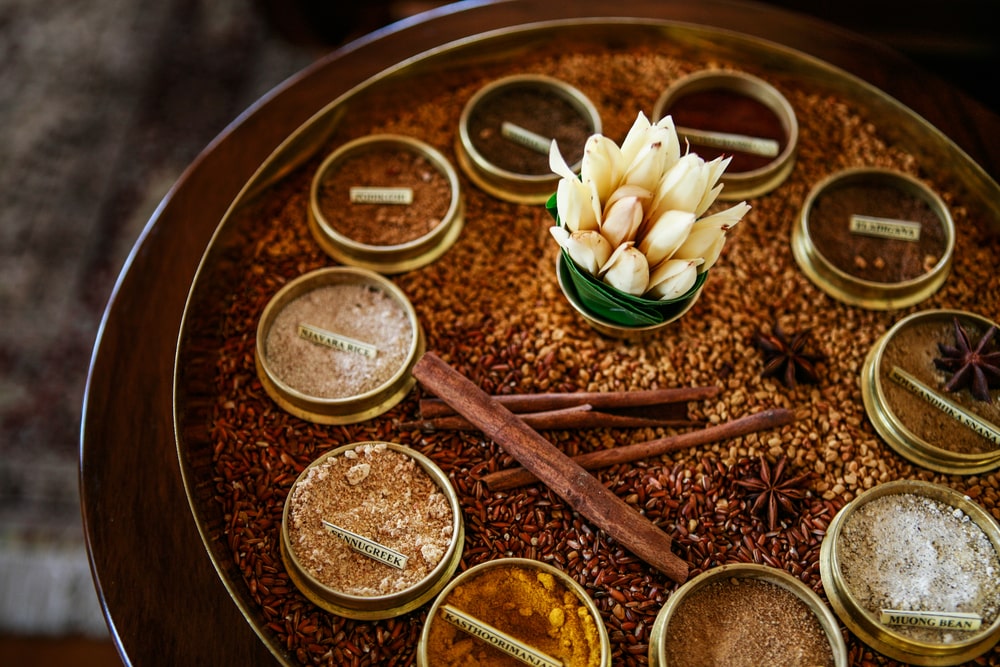
How important is food? Is there a special diet?
Yes, food and nutrition are very important and highly effective! During Ayurvedic treatments, there should be a strict regulation of nutrition. With reference to the issue of prevention in Ayurveda, the consumption of food at the right time and in the right amount is mandatory during a successful healing process. A conscious lifestyle and moderate day-to-day behaviour become essential to an Ayurvedic way of living, including decisions based on intuition regarding a diet, according to Ayurvedic criterions. Persons practicing Ayurveda are not necessarily are vegetarians.
What diseases cannot be treated successfully by Ayurveda?
Broken bones or other extreme calamities cannot be treated by Ayurveda. Generally speaking, all kinds of chronic diseases requiring treatment in a more direct manner are off limits. Any other unbalanced state can be treated and healed completely with Ayurvedic treatment
Cleansing is very important in Ayurveda. How often should it be done? Can people do it at home?
Yes, it can be done at home. Everyday even! The cleaning starts after sleeping, with scratching of the tongue, followed by rinsing the mouth for five minutes with seed-oil.
What diseases cannot be treated successfully by Ayurveda?
Broken bones or other extreme calamities cannot be treated by Ayurveda. Generally speaking, all kinds of chronic diseases requiring treatment in a more direct manner are off limits. Any other unbalanced state can be treated and healed completely with Ayurvedic treatment
Cleansing is very important in Ayurveda. How often should it be done? Can people do it at home?
Yes, it can be done at home. Everyday even! The cleaning starts after sleeping, with scratching of the tongue, followed by rinsing the mouth for five minutes with seed-oil.
Drinking warm water and cleaning the nose with a special little carafe, using warm salted water, follows.
Once a week, a full day without solid food is particularly recommended. Another treatment is “Panchakarma”, the five deeds. Panchakarma is a part of the Ayurveda cleansing, which uses a variety of methods for the removal of metabolic degradation products, undigested food ingredients (mala) and environmental toxins (ama). The recommended time of action varies from 14 to 30 days and, in stronger cases, up to 6 months.
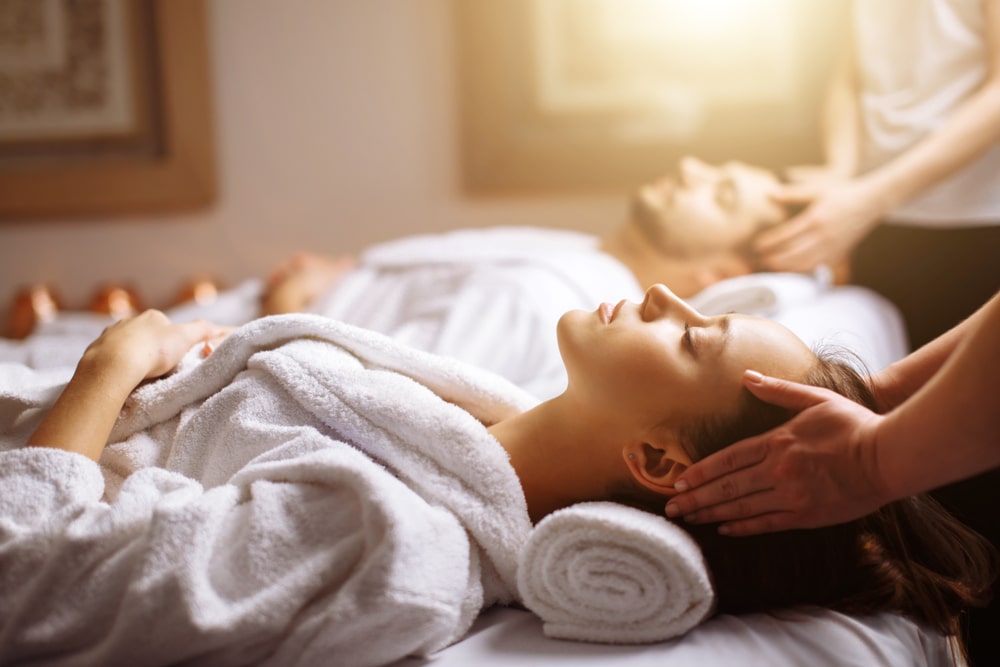
Ayurveda is the best for preserving youth. How does it work? What treatments should be done for the best results?
The idea to preserve youth is a paradox. Youth is a fluctuating state without rational aspects. In Ayurveda, the practice is called Rasayana, which combines several treatments with certain foods. As a classic Rasayana food, Ayurveda recommends almonds, cashews, mango, grapes, dates and apricots for regular enjoyment. All naturally sweet foods, including wheat, rice, potatoes, carrots, beetroot, honey, milk and ghee (pure butterfat) also promote a rejuvenating tissue structure. To stimulate metabolism, fresh ginger, black pepper, cum seeds, cinnamon sticks, nutmeg and saffron are highly recommended. Particularly noteworthy is turmeric, with its intense effect for beautiful, pure and soft skin. As an aphrodisiac, medicinal plants that offer beauty and “rejuvenation” include garlic, chilli, Shatavari and Ashwagandha. Still, a much more effective approach that requires no herbal formula or nutritional rule involves loving touches and the immediate sensations of all-pervading love. Just as freshly fallen snow nestles around a tree, gently enveloped in every tip and unevenness, the hands of the Ayurveda therapist wrap themselves (with oil, the Snehana) around the patient’s body.
This description provides an idea of the wonderful tenderness with which the body in Ayurveda is massaged, anointed and bathed with fragrant herbal oils. Beauty emerges through love, for the feeling of being loved and loving is the most effective beauty-charm. Traditionally, Samvahana is given from husband to wife. In the Samvahana, the whole body is anointed and massaged with fragrant oils, delicate silk cloths and brushes. Each part of the body is revived and purified and fresh life energy flows with the touches, through our vessels.
After such a treatment, many people look a few years younger and are relaxed, resolved and happy, leaving a divine light infused in their energy.
How long must treatment proceed in order to lead to the easing of disease?
This is a difficult question. The constitution and the expression of the disease shorten and lengthen during the process. In general, the first improvement may occur after a couple of days or a couple of months. A full recovery can take up to a year and beyond. Ayurveda is drawn from two key words: Ayur and Veda, meaning knowledge and life. The deeper meaning of Ayurveda will only reveal itself to those who are patient enough and are blessed with the discipline to have the experience of a healthy existence enter into their lives!
